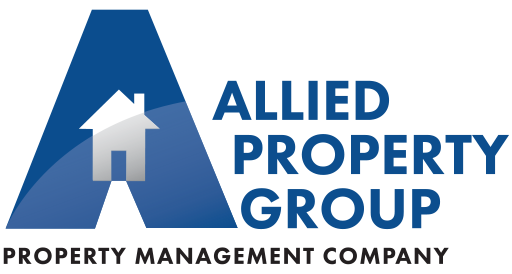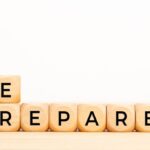By: Ana Sanchez Rivero
It’s the middle of the night. Everyone is fast asleep and all of sudden you hear the water trickling down. You wake up thinking that you left the kitchen faucet on but you wake up to find that your entire apartment is flooded! You immediately get out of your sleepy haze and wake up to the sobering reality that a common area pipe has just burst. Do you know what to do? More importantly, does your property manager and maintenance staff know what to do?
More often than not, this situation is overwhelming. However, it doesn’t have to be. According to JP from Super Restoration, having a plan of action and preparing for these scenarios can make an unbearable situation a little easier to deal with. In addition to ensuring that your association has an Emergency Plan of Action and a Maintenance or Preparedness Manual, it is equally important to train your staff and run thru a drill on a quarterly or semi-annually basis. Front desk personnel, the concierge, maintenance staff, the manager, security personnel, as well as several Board members should be acquainted with the location of the buildings’ shut off valves.
In case of a pipe burst, those individuals should know where to turn off the water to prevent additional damage. Next, they should identify of the source of the leak. Whether it is a fire sprinkler head that needs to be replaced or a common area pipe that needs to be repaired; it is important to identify the source so that you can make the necessary repairs and get the water turned back on.
Once the water has stopped and other mitigating measures have been taken, you should notify the insurance agent and begin getting insurance involved. Identifying the responsible party is part of their job. Most likely insurance will name their own private adjuster to investigate the cause of the loss. Most of the time these acts are normally covered by insurance. It is important to ensure that as a Board member you are familiar with what is and is not covered by your insurance policy. Ask the agent for a meeting and ensure that you understand your insurance policy. Ask your agent what are the exclusions in the policy? Mold is more often than not an exclusion to most policies.
Your next step should be to get a restoration company out to the property. Super Restoration assigns a crew to each floor. They begin by extracting the water to prevent it from moving further and causing more damage. They then install blowers to begin drying the affected areas. Dehumidifiers are then brought in to evaporate the water that made contact with any surfaces, i.e. walls, carpets, etc. The dehumidifiers will remove any humidity and will dry the surfaces to prevent mold.
JP adds that mold can start growing within 24 hours or 2-3 weeks depending on the temperature in the room. It is important that the temperature in the walls and floors be taken to identify secondary damage. This is the water damage that you cannot see; a common example of this is water that gets into drywall, the wall absorbs it like a sponge and those walls remain wet. We cannot see or even touch this type of water damage; you need specialized equipment that helps identify those locations. It is important that these areas be identified so that the appropriate measures can be taken to immediately dry those areas and prevent a more costly loss, such as replacement of the affected areas.
This step alone can save associations and property owners thousands of dollars. According to JP, the drying process takes three (3) to five (5) days. Super Restoration returns every day to measure and re-evaluate what the moisture content is and ensure that it is going down. If the moisture content is not decreasing and it is not at the industry standard for mold content by the fifth day, you must replace the affected areas.
JP recommends that the every Association invest in a high capacity water extraction machine. These machines cost anywhere from $700 to $1,000 and can extract 100-150 gallons of water at a time. He also recommends that associations purchase a moisture detection device. These typically cost anywhere from $300 to $500. They help to identify water damage inside the drywall or carpeting. This will allow maintenance personnel to immediately react and begin mitigating damage.
Now to prevent this from happening in your community, associations should have their maintenance staff be pro-active and reach out to the air conditioning tech, mechanical engineer, and plumbers to perform a preventative inspection to make sure the building is running as it should. These inspections can help identify possible areas of concern and allow you to address the issue before it becomes a problem. Be proactive!
JP recommends that when you have a large loss a third party environmental company be contracted to ensure that the mold remediation company is doing their job and meeting industry standards. Remember, mold is a licensed industry and mold extraction can only be done by licensed personnel. Having the maintenance man remove mold on their own can expose the association to major liability. Hire a licensed mold remediation company – period.
The safety and health of the residents is what is important here. For more information on how your association can formulate an Emergency Preparedness Plan you can contact JP from Super Restoration at 800-516-8059 or visit their website at www.superrestoration.com. If you found this Blog to be helpful and beneficial, please share it and subscribe to our weekly podcast, Community Association Matters.



